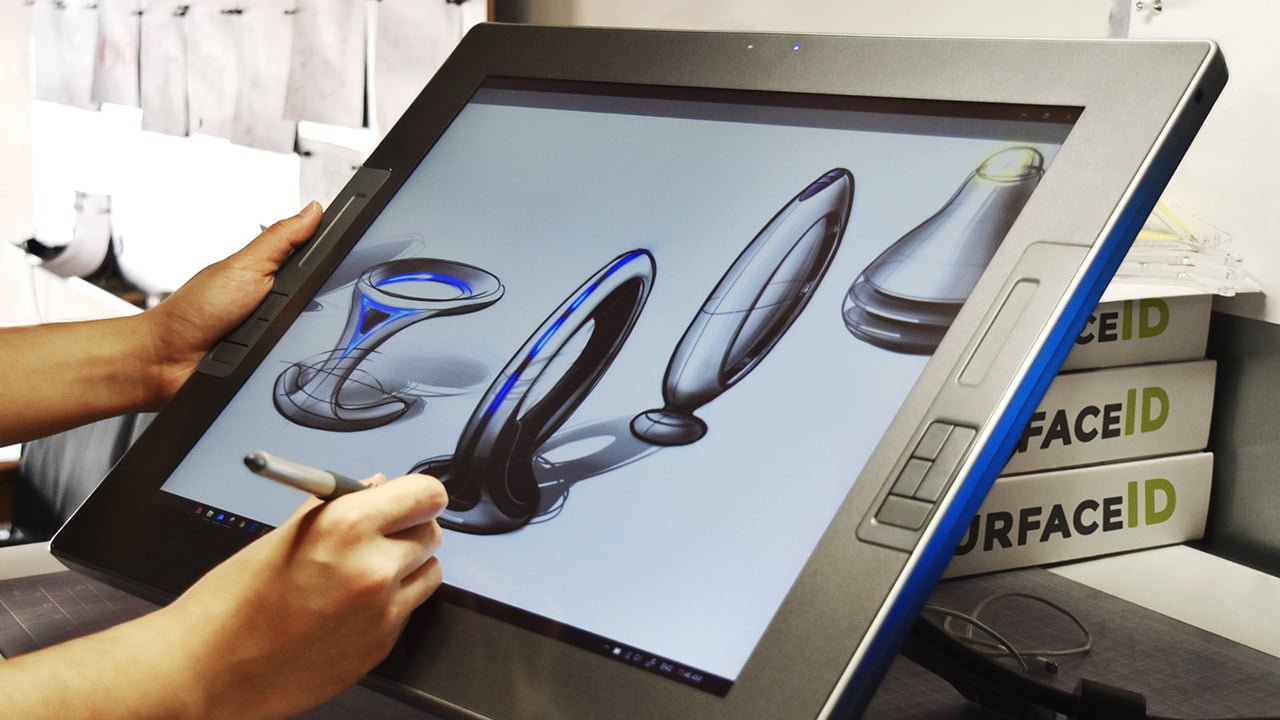What is computer-aided industrial design?
Computer-aided industrial design (CAID) is simply the use of computerized software in the industrial design process. As opposed to traditional manual drafting, CAID is an automated process that greatly increases the efficiency of design alterations, concept testing and general optimizations. CAID grants designers creative freedom, however it is common to follow a simple methodology: a designer will create a sketch using a stylus, following which they will generate curves from the sketch and in turn generate surfaces from the curves.
The importance of computer-aided industrial design
CAID software allows a designer to create a 3D model prior to the manufacturing of the product itself. The 3D model can be saved in a format that can be read by a rapid prototyping machine which will then create a real-life model of the product. These computerized steps speed up the creation process, as the designer has more time to focus on the technical aspects of the design rather than sketching and modelling manually. This allows for a better product proposal in a shorter amount of time.
CAID versus CAD
Although CAD (Computer-Aided Design) and CAID (Computer-Aided Industrial Design) may seem quite similar, there are some notable differences between the two. CAID is much more conceptual and artistic, and CAD is more technical. CAD is often a middle step between the artistic creation in CAID and the physical production of a design. The combination of these two design mediums allow for seamless movement from concept to production.
When moving from CAID to CAD, both parties are equally important in the process. The CAID designer must prepare design files which will work within the CAD system, and the engineer must understand what they are receiving and how to work with it.
Al Lopez (manager of Alias Systems Corporation) describes CAID as offering “freedom to experiment with shape and form.” It is a software for creatives. Freeform surface modelling tools let designer create organic forms on screen, rather than being confined to computer-generated limits. The software offers extensive visualization tools such as photorealistic rendering, texture mapping, surface highlighting, and more. Users are able to push and pull shapes to immediately visualize the effects and results. The process is much less precise and numeric than CAD.
Computer-aided industrial design in practice
At SurfaceID, our designers will work with you and your original ideas to create the best product possible. We begin with market research, which includes analysis of the strengths and weaknesses of existing similar products. We then create a detailed sketch, bridging the gap between concept and product. We take your ideas and bring them to life. Once we have mapped out approximately how a product will look, it is time to construct it 3-dimensionally. We use software to create a 3D model that is adjustable and viewable both inside and out. This allows you to see how your product will fit together, how it will function, and how to reduce manufacturing costs.
